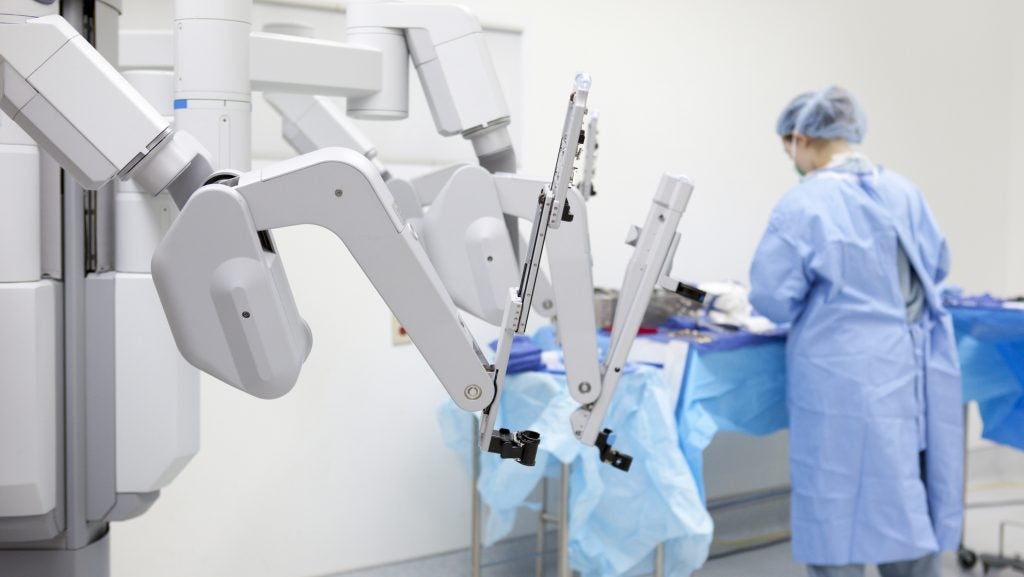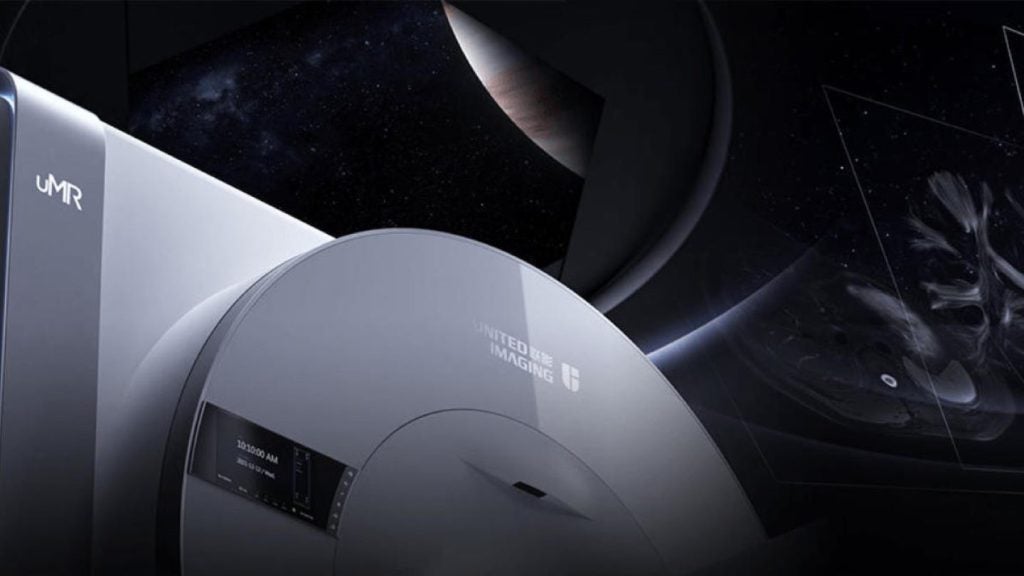Thermo Fisher Scientific patented a method for analyzing sample inclusions using optical emission spectrometry (OES) and charged-particle microscopy with energy dispersive X-ray spectroscopy (CPM/EDX) systems. A correction factor from the first sample is used to calibrate the OES system for analyzing properties of a second sample. GlobalData’s report on Thermo Fisher Scientific gives a 360-degree view of the company including its patenting strategy. Buy the report here.
According to GlobalData’s company profile on Thermo Fisher Scientific, Nanoemulsion cosmetics was a key innovation area identified from patents. Thermo Fisher Scientific's grant share as of February 2024 was 57%. Grant share is based on the ratio of number of grants to total number of patents.
Calibrating oes system for analyzing sample inclusions
A recently granted patent (Publication Number: US11921053B2) discloses a method for analyzing sample inclusions using an optical emission spectrometry (OES) system calibrated with a calibration factor based on inclusion properties of a first sample determined using both the OES system and a charged-particle microscopy with energy dispersive X-ray spectroscopy (CPM/EDX) system. The calibrated OES system is then used to determine the inclusion property of a second, different sample. The correction factor is generated based on inclusion volume number density and inclusion area number density, with the OES system calibrated by multiplying the inclusion volume number density output with the correction factor.
Furthermore, the patent also includes a charged-particle microscope configured to receive inclusion properties from an OES system, acquire EDX data of the sample, determine inclusion properties based on the EDX data, generate a correction factor based on both the received and determined inclusion properties, and output the correction factor to the OES system for calibration. The charged-particle microscope can update itself based on the received inclusion properties and is designed to handle various inclusion properties such as size, type, volume number density, and area number density. Additionally, an OES system is described in the patent, which can determine inclusion properties of a sample, receive inclusion properties from a CPM/EDX system, generate a correction factor based on both sets of properties, calibrate the system, and determine inclusion properties of a second sample with the calibrated OES system.
To know more about GlobalData’s detailed insights on Thermo Fisher Scientific, buy the report here.
Premium Insights
From

The gold standard of business intelligence.
Blending expert knowledge with cutting-edge technology, GlobalData’s unrivalled proprietary data will enable you to decode what’s happening in your market. You can make better informed decisions and gain a future-proof advantage over your competitors.







